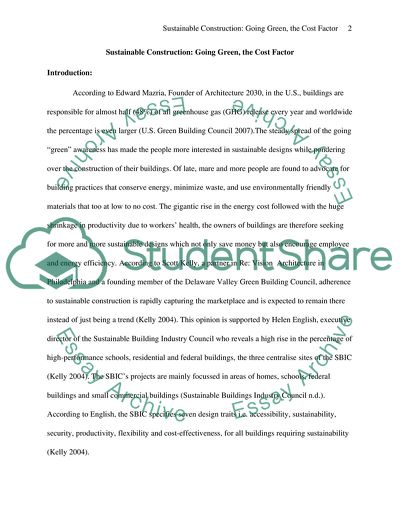Cite this document
(Sustainable Construction: Going Green, the Cost Factor Term Paper, n.d.)
Sustainable Construction: Going Green, the Cost Factor Term Paper. https://studentshare.org/engineering-and-construction/1706156-sustainable-construction-going-green-the-cost-factor
Sustainable Construction: Going Green, the Cost Factor Term Paper. https://studentshare.org/engineering-and-construction/1706156-sustainable-construction-going-green-the-cost-factor
(Sustainable Construction: Going Green, the Cost Factor Term Paper)
Sustainable Construction: Going Green, the Cost Factor Term Paper. https://studentshare.org/engineering-and-construction/1706156-sustainable-construction-going-green-the-cost-factor.
Sustainable Construction: Going Green, the Cost Factor Term Paper. https://studentshare.org/engineering-and-construction/1706156-sustainable-construction-going-green-the-cost-factor.
“Sustainable Construction: Going Green, the Cost Factor Term Paper”. https://studentshare.org/engineering-and-construction/1706156-sustainable-construction-going-green-the-cost-factor.


